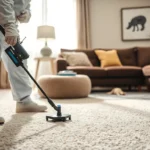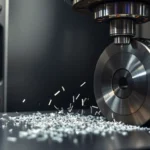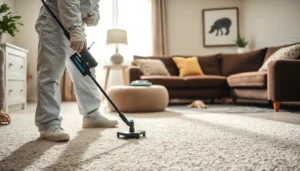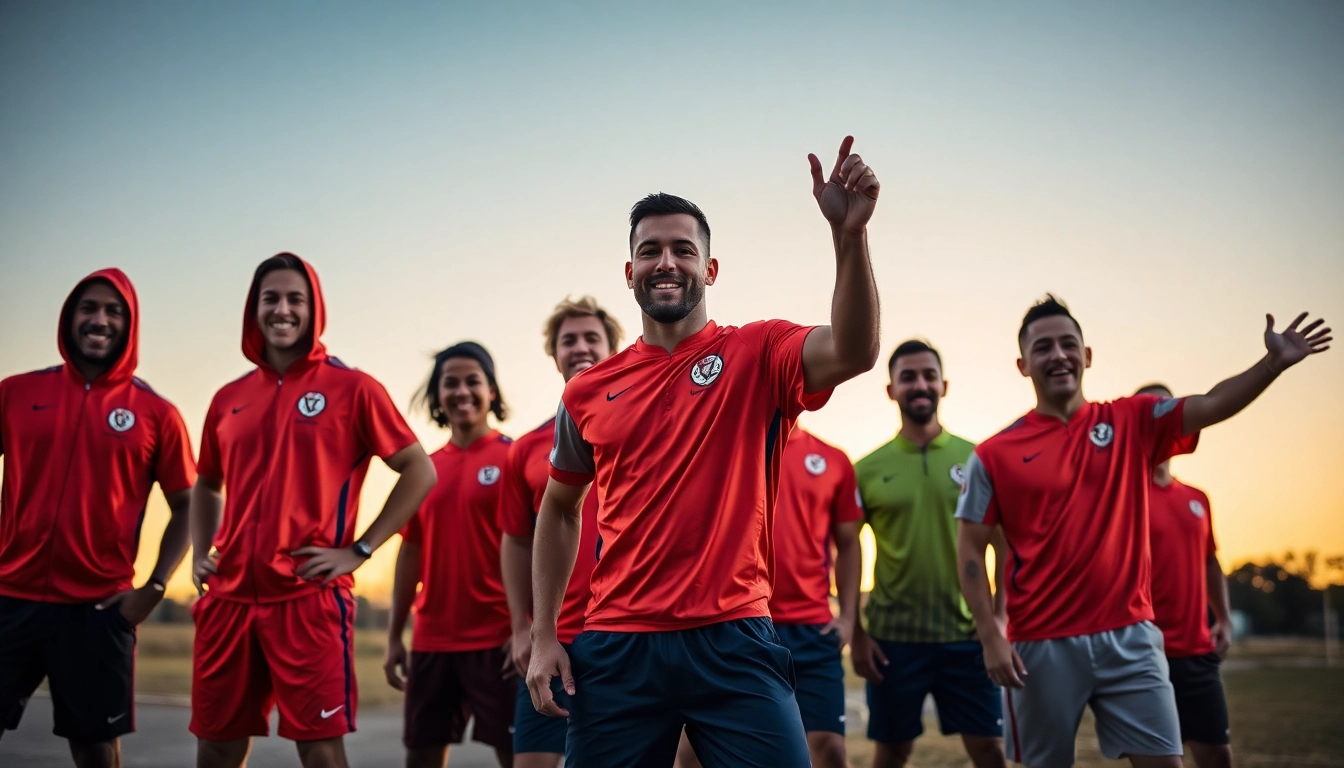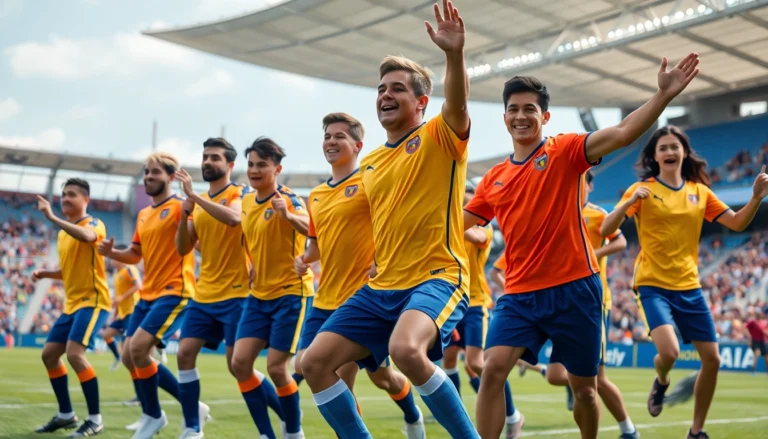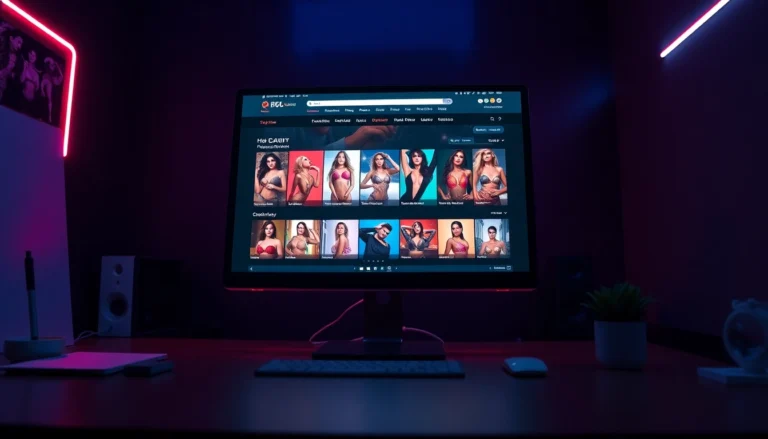Understanding the Importance of Quality Teamwear in Sports
In the competitive world of sports, where team cohesion, performance, and brand identity play pivotal roles, the choice of appropriate Teamwear is more than just a matter of aesthetics. It is a strategic element that can influence player confidence, foster team spirit, and even impact game results. High-quality teamwear provides durability, comfort, and performance-optimized fabrics tailored for various sports, ensuring athletes perform at their best regardless of weather conditions or physical exertion.
For sports organizations, clubs, and schools, investing in superior teamwear is essential. It signals professionalism, enhances team unity, and offers long-term cost efficiencies through durability and ease of maintenance. Understanding the nuances of quality, customization, and design can empower teams to make informed decisions that align with their unique needs and goals.
Benefits of Durable and Performance-Optimized Fabrics
Durability is a cornerstone of effective teamwear. Premium fabrics like polyester blends, moisture-wicking textiles, and advanced synthetic fibers not only withstand frequent washes and intense use but also retain their shape and color over time. This longevity reduces costs associated with frequent replacements and maintains a consistent team appearance.
Performance-optimized fabrics enhance athletic abilities by managing sweat, reducing chafing, and offering flexibility. Technologies such as Dri-FIT (by Nike), Climalite (by Adidas), and innovatively engineered mesh panels improve breathability, helping players stay cool and dry during demanding matches. When choosing fabrics, consider the specific demands of your sport—whether it’s the agility required in basketball or the endurance needed in long-distance running.
How Customization Enhances Team Identity
Customization transforms generic apparel into a powerful branding tool. Incorporating team colors, logos, slogans, and unique design elements creates a distinctive visual identity that fosters pride and unity. Custom teamwear also boosts morale and can serve as a motivating factor for athletes, reminding them of their collective goals and support.
Advanced customization options include sublimation printing, embroidery, and heat transfer techniques. These methods ensure durability of logos and designs, resisting fading even after numerous washes. Custom kits can be tailored for different roles or positions, such as goalie jerseys or training gear, reinforcing the sense of professionalism and cohesiveness.
Impact of Teamwear on Player Confidence and Cohesion
Well-designed teamwear can significantly influence player psychology. When athletes feel comfortable and confident in their gear, they perform more effectively. Proper fit, quality materials, and attractive design foster a sense of belonging, leading to improved communication and teamwork on the field.
Visibility of team colors and logos during matches also enhances team cohesion, making players more aware of their collective identity. Psychological studies indicate that uniforms can create a ‘superordinate identity,’ reducing intra-team conflicts and encouraging collaboration.
Types of Teamwear and When to Choose Each
Football, Soccer, and GAA Teamwear Options
For contact and field sports like football, soccer, and Gaelic Athletic Association (GAA) activities, durability and breathability are paramount. Football kits typically include lightweight jerseys, shorts, and socks made from moisture-wicking fabrics that withstand tackles and rough play. GAA kits often incorporate reinforced stitching and abrasion-resistant materials suitable for outdoor conditions.
Choosing the right gear involves assessing the level of contact, weather conditions, and the specific demands of the sport. Many providers offer customizable options that meet the sport’s regulations and performance needs.
Leisure and Training Gear for Daily Use
Teamwear is not limited to match days; training and casual wear play vital roles in maintaining team spirit. Tracksuits, hoodies, and activewear designed for comfort, flexibility, and versatility encourage daily practice and camaraderie within the team. These garments often feature moisture-wicking fabrics and stylish designs to promote a cohesive team image off the field.
Many organizations also incorporate branded leisure wear as part of their marketing and community engagement strategies, fostering wider recognition and loyalty.
Specialized Sportswear for Different Sports and Roles
Different sports require tailored teamwear to optimize performance. For example, volleyball uniforms prioritize lightweight, breathable fabrics with stretch properties, while rugby kits are designed for durability against physical impacts. Goalkeepers need specialized gloves and jerseys with extra padding, whereas runners benefit from sleek, aerodynamic designs.
By understanding these needs, teams can select apparel that enhances specific roles and activities, ensuring every athlete is equipped for optimal performance.
Designing Your Ideal Teamwear: From Concepts to Production
Collaborating with Manufacturers for Custom Kits
Effective communication with experienced manufacturers is vital to translating your vision into reality. From initial sketches and color schemes to fabric choices and logo placement, collaboration ensures your teamwear reflects your brand identity and functional requirements. Request samples or prototypes to evaluate fit, quality, and design before mass production.
Establishing clear specifications, timelines, and quality standards minimizes errors and streamlines the production process, leading to a smooth experience and a finished product that meets expectations.
Selecting the Right Fabrics and Features
Fabric selection should align with the sport’s physical demands and environmental conditions. For example, high-summer outdoor sports benefit from lightweight, breathable fabrics with UV protection, while indoor sports may require thicker, compression-style materials for muscle support.
Additional features like anti-odor treatments, reinforced seams, and reflective elements enhance functionality and longevity. Consider also the ease of customization and maintenance when choosing textiles.
Key Elements of Effective Teamwear Design
An impactful design combines aesthetics with practicality. Elements such as balanced color schemes, clear visual hierarchy, and logo placement reinforce brand identity. Ergonomic cuts ensure comfort during vigorous activity, and incorporating unique details like side panels or contrasting trims can elevate the overall look.
Designing with input from athletes and coaches ensures your teamwear is both fashionable and functional—delivering confidence and performance benefits on game day.
Cost, Orders, and Delivery: Managing Your Teamwear Budget
Finding Competitive Pricing Without Compromising Quality
Market analysis reveals a wide range of pricing options. To get the best value, compare quotes from multiple manufacturers and consider bulk discounts, especially for season-long orders. Investing in quality might have higher upfront costs but reduces replacement frequency and maintains a professional appearance.
Many providers offer tiered pricing based on order volume, so planning ahead and consolidating orders can maximize savings.
Ordering Processes and Minimum Quantities
Understanding minimum order quantities (MOQs) is critical, as some manufacturers require large runs for custom design production. Smaller teams might opt for pre-designed templates or partner with providers offering flexible MOQs. Clearly communicating your needs and preferred timelines avoids delays.
Advanced order management systems and online design tools facilitate seamless ordering, with real-time updates and proofs to prevent errors.
Lead Times and Ensuring Timely Delivery
Seasonal planning is essential. Lead times vary depending on complexity, fabric sourcing, and manufacturing location; typically, custom teamwear takes from four to eight weeks. Communicating your deadlines early and choosing providers with efficient logistics ensures your kits arrive in time for competitions or new seasons.
Maintaining good supplier relationships and establishing buffer periods can mitigate unforeseen delays.
Maintaining and Updating Your Teamwear for Long-Term Success
Care and Washing Tips to Extend Fabric Life
Proper maintenance preserves the appearance and functionality of teamwear. Follow manufacturer instructions—generally, washing in cold water, avoiding fabric softeners, and air drying extend lifespan. Storing kits folded properly prevents creases and material degradation.
Regular inspection for tears or fading allows timely repairs or reorders, maintaining a professional image.
When and How to Reorder or Upgrade Kits
Track wear and fading levels across seasons. Reordering batches before kits become visibly worn ensures team professionalism isn’t compromised. For upgrades, consider incorporating new design elements, fabric innovations, or additional features to keep your teamwear fresh and performance-ready.
Engage with your manufacturer for advice on new materials or design trends that can rejuvenate your apparel line.
Creating a Brand Consistent Look Over Seasons
Consistency in color schemes, logos, and style ensures recognition and team unity over time. Maintain detailed brand guidelines, and request updated samples periodically to ensure ongoing adherence to standards. Planning wardrobe upgrades as part of a long-term branding strategy sustains team professionalism.
Periodic rebranding or adding seasonal variations can invigorate team spirit and attract new players or supporters.



